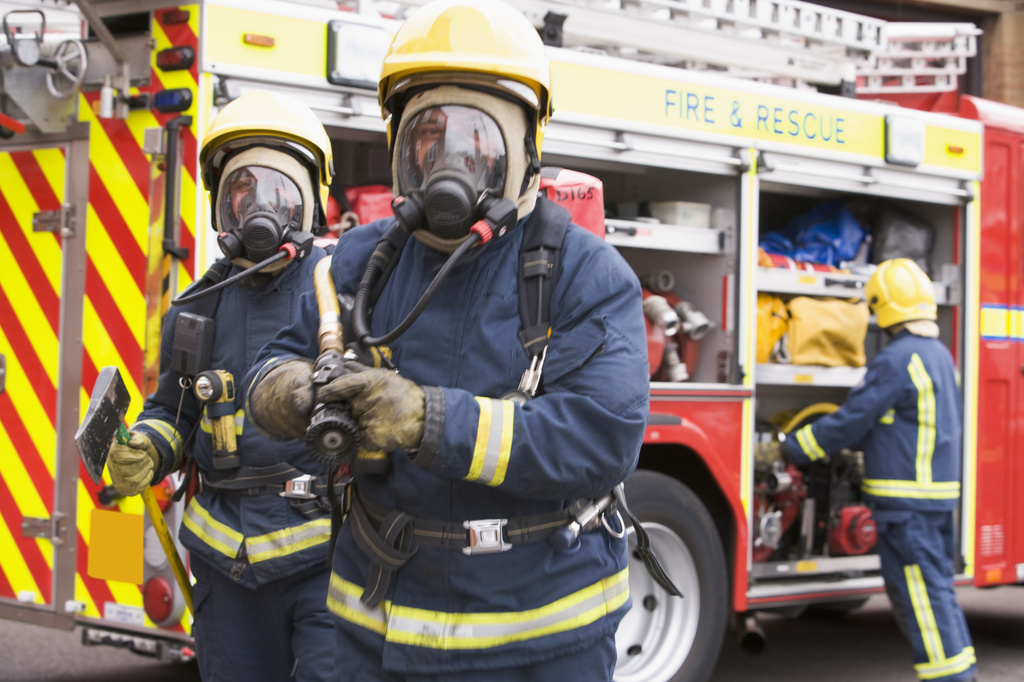
 |
Mark Sennett
Managing Editor |
 |
Kelly Rose
Editor |
| Home> | Breathing Safely | >Face Masks | >Breathing safety: the law |
| Home> | Breathing Safely | >Respirators | >Breathing safety: the law |
Breathing safety: the law
21 November 2016
In many industries, Respiratory Protective Equipment (RPE) is vital, so it is important to know your legal obligations, say online legal analysts Cedrec.

RPE should only be used after the employer has taken all other reasonably practicable measures to prevent or control exposure to damaging environments (unless temporarily whilst measures are put in place). RPE should only be used for short periods of time or infrequent exposure, such as temporary or emergency works.
Like other PPE, RPE must be considered the very last option for protecting the respiratory health of workers. All risks and measures must be assessed before opting for RPE.
If your risk assessment shows the need for RPE, it is important to note the reasons behind this decision on the risk assessment in order to consider options in the future.
RPE at work should be: able to adequately control inhalation exposure to provide the wearer with effective protection; suitable for the intended use; CE-marked or of an approved type/standard approved by the HSE; used by properly trained people who are supervised; and properly stored, cleaned and checked regularly to ensure it remains effective.
Employers should remember to consult either a safety representative appointed through recognised trade unions or employees, either directly or indirectly via an elected representative when implementing such health and safety measures as RPE.
- Skincare in sunny weather
- Stay ahead of legislation changes
- Tougher safety sentencing guidelines on the horizon
- Legislation roadshow
- Violence - what can be done about it?
- Legal updates
- Safety's in the bag
- Legal compliance expertise
- Protecting your skin at work
- Industry support for EU membership not resounding
- Mask additions
- Disposable respirator offers durability
- Respiratory protection urged
- Welding talk
- Combo passes fit test
- Double protection at half the price
- 3M advanced three-panel design optimises comfort
- Flexible fit disposable respirator
- Mask change cuts costs
- 3M Pioneers advanced disposable respiratory protection technology























